#ukrainian heritage
Explore tagged Tumblr posts
Text
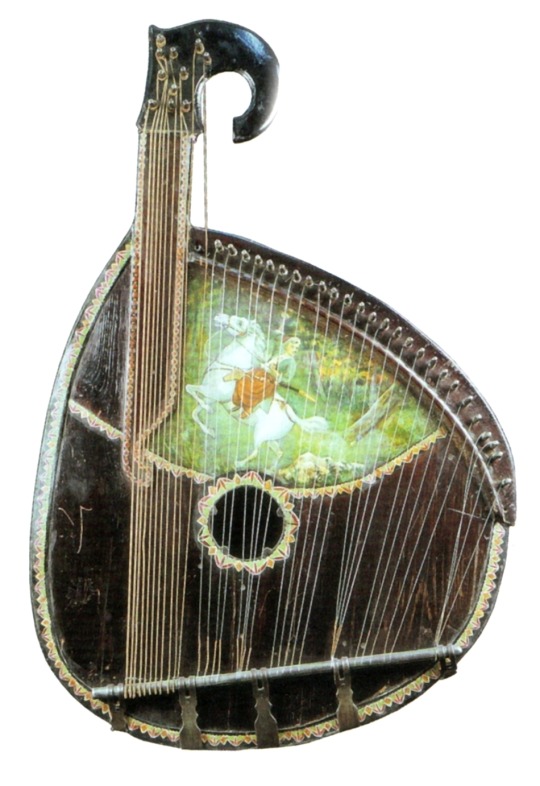
Old Ukrainian bandura from the 1st half of the 19th century, which belonged to the real kobzar, Yevhen O. Adamtsevych (Євген О. Адамцевич, 1903/1904-1972)
Currently stored in the collection of the Kharkiv Historical Museum (Харківський історичний музей), ДР-68
There is a Cossack on horseback depicted on this beautiful musical instrument:
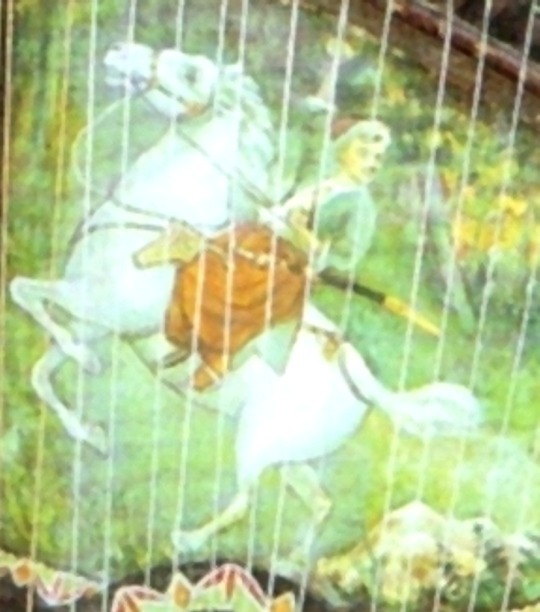
#art#ukrainian art#ukrainian music#ukrainian heritage#kobzar#bandura#ukrainian cossack#cossacks#cossack art#cossack heroes#ukrainian history#welcome to bohun's world
374 notes
·
View notes
Text
Ah, what is this? A-ah. What kind of fool (me) thinks they'll find success in the field of writing? Alright, let me read this…
So, yeah. I'm writing my own book. It’s a novel in the genre of ethnic fantasy based on the ethnography of Ukrainians, my ethnic group.
The plot goes like this: a Ukrainian girl named Larysa embarks on a journey across Ukraine, from Slobozhanshchyna to the Carpathians, in search of Veles’ vyshyvanka – a magical artifact that holds the secrets of wealth, animal husbandry, and death. Along the way, she will encounter numerous creatures from Ukrainian folklore, a family of Russian landlords determined to thwart her, and a divine conflict within the Slavic pantheon.
I’m asking for feedback on this opening. The original is being written in Ukrainian and translated into English using [don’t judge me] ChatGPT. And was it worth translating Ukrainian folk songs included in the book into English?
#writing community#am writing#writers of tumblr#fantasy writing#ethnic fantasy#ukrainian folklore#slavic mythology#fantasy books#bookstagram#indie author#ukrainian writer#writing tips#fantasy story#worldbuilding#booklover#magic artifacts#folklore and myth#ukrainian culture#historical fantasy#authors of instagram#bookblr#mythical creatures#writing journey#ukrainian heritage#creative writing#fantasy lore#divine conflict#new fantasy book#original fiction#ukrainian fantasy
3 notes
·
View notes
Text
How I needed to see something like that!



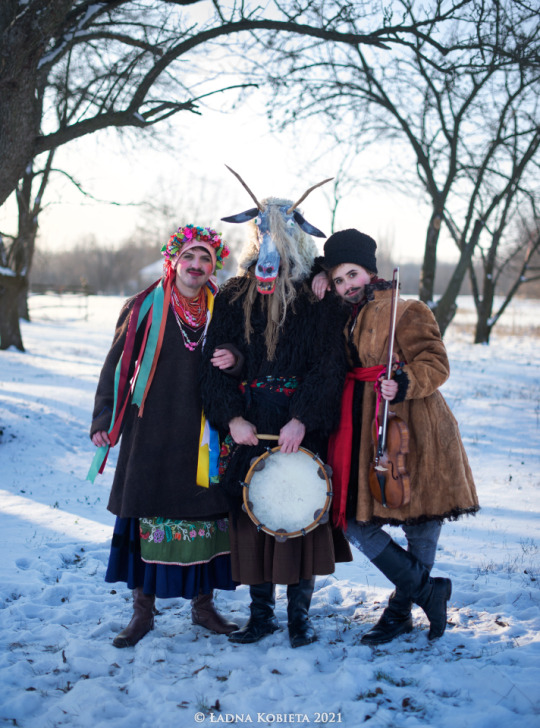

traditional cross-dressing on ukrainian malanka holiday. the woman is dressed as vasyl (folk adaptation of st. basil) and the man is dressed as malanka (folk adaptation of st. melania).
during this holiday, ukrainians honor the ancestral spirits and imitate them by dressing as animals and opposite genders, since it is believed that the otherworld blurs the line between male and female, as well as between man and beast.
photographed by anna senik (ładna kobieta)
4K notes
·
View notes
Text

Easter bread! Didn’t think to take photos of the other one before I left my grammas (and started cutting it lol), but I’m quite proud of my decoration on this one.
Babka (Ukrainian Easter bread) is a very weird dough to knead, because it’s very very soft and seems like it should be sticky, but because it has a dozen eggs and a cup of butter it isn’t.
PS I have no idea how “authentic” this is. This is how my gramma does it tho.
1 note
·
View note
Text
Vyshyvanka Day: Celebrating Ukrainian Embroidery Heritage
Title: Vyshyvanka Day: Celebrating the Richness of Ukrainian Embroidery Introduction:Vyshyvanka Day is a vibrant and culturally significant celebration observed annually to honor the traditional Ukrainian embroidered shirt known as vyshyvanka. This article explores the origins, symbolism, traditions, and global impact of Vyshyvanka Day, highlighting its significance in preserving Ukrainian…
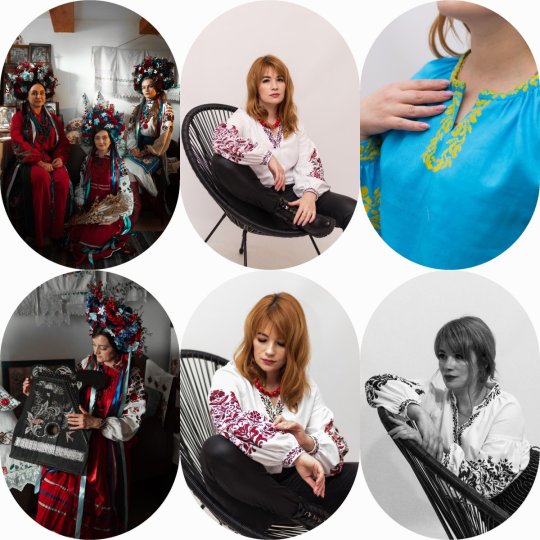
View On WordPress
#Cultural Celebration#Fashion Trends#Global Impact#Ukrainian Embroidery#Ukrainian Heritage#Vyshyvanka Day
0 notes
Text
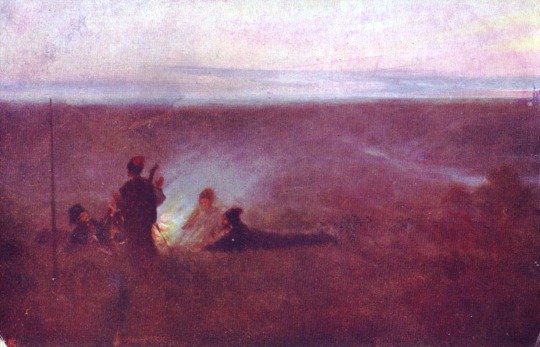
Antin I. Manastyrsky (Антін І. Манастирський, 1878–1969), In the Steppe
Ukrainian Cossacks on a vintage postcard, published in Lviv, 1916.
#art#ukrainian art#ukrainian heritage#ukrainian landscape#ukrainian steppe#cossack#cossack art#cossack heroes#ukrainian cossacks#antin manastyrsky#cossacks#ukrainian history#ogniem i mieczem#trylogia#ogniem i mieczem verse
159 notes
·
View notes
Photo
One more representation of Cossack playing bandura (I'm nearly sure, that he has a bandura here) in a contemporary Ukrainian art. Great!

My Ukraine by Feodosiy Humenyuk, 1979
#ukrainian art#ukrainian heritage#art#cossack art#cossack heroes#cossacks#ukrainian culture#ukrainian history#bandura
83 notes
·
View notes
Text
personally I think curly's real name is actually Cuthbert and he Hates it so much and curly is his attempt to seem somewhat cooler and less of a bullying target (Jimmy knows his real name and on Pain Of Death he is never allowed to speak it ever)
#catfish speaks#mouthwashing#captain curly#curly mouthwashing#sorry not sorry curly is a meek slightly wet cat loser to me#i come from a long culture of making up stupid nicknames for people (australian)#and the second i saw curly's name i was like 'thats a nickname for something embarrassing he hates'#no shade to tue person who figured out all the names of the characters but i Hate most of them#'''grant curly''' im not fucking calling him that he is Cuthbert to me and thats final#Jimmy zare is. interesting. i like the idea of him having mixed heritage but in a second generation twice removed kinda way#like his grandparents emigrated and his familys been in Melbourne ever since and are technically white but it's complicated#Anya. babygirl anya. i wish i knew more about this naming decision#why a japanese one??? im m#mostly just baffled??? like. anything vaguely russian/Ukrainian/czech/baltic would have made sense. even a white name. but Japanese???#i wish i knew more about the naming decision here#same with daisuke#i thino probably cos the game is meant to be set in america the prevalance of hispanic names makes sense there#im just. again Wondering about the thought process#swansea i caj accrpt but personally i like to think its his last name#and his first name is David cos that's welsh and swansea the place is. is it in wales??? i cannae remember#ok googled it and it is Welsh#also kimda funny thay googling it brought up the place in tasmania. ah colonialism </3#anyway. thats all.#curly is actually Cuthbert is the one i have strongest feelings about#followed by anya
23 notes
·
View notes
Text
❗️Preliminarily, 25 architectural monuments were damaged by a russian attack overnight in Odesa.
Among them are the buildings of the 19th and 20th centuries:
- Chyzhevych's house
- House of Papudova
- Zabludovsky's house
- Gagarin's house
- Janush's house
- Zhdanova's house
- House Russell del Turco
- House of Mass
- Manuk Bey's mansion
- Kovalevsky's house
- Porro's house
- House of Mashevsky and others
«Information as of 14:00. The documentation of crimes continues, experts are working on the ground»– Oleh Kiper, the head of Odesa regional military administration said.
This is the Transfiguration Cathedral in the center of Odesa:


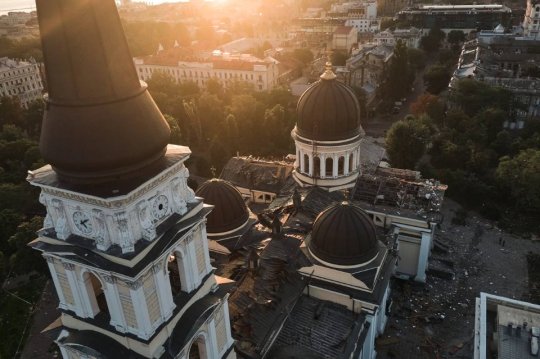
The destruction suffered by the House of Scientists (Palace of Count Tolstoy). The building is an architectural monument of Odesa. Currently, the halls are damaged, many exhibits have been lost:

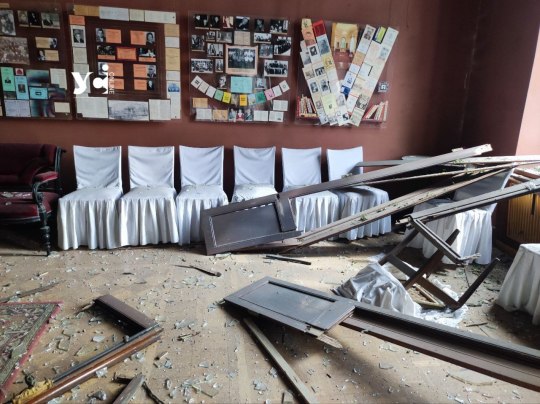
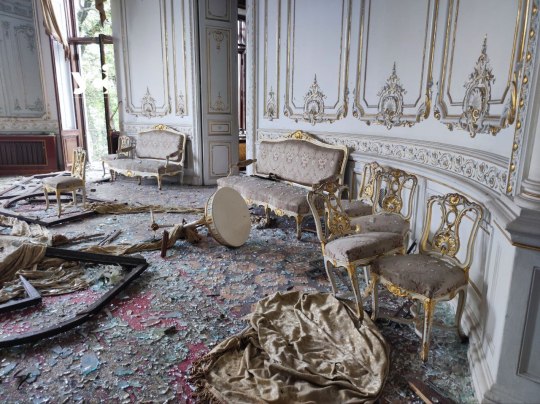
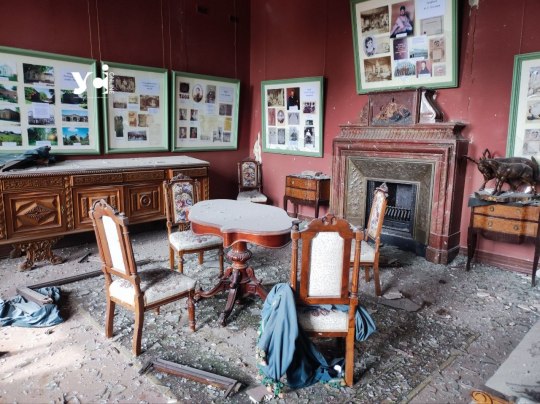
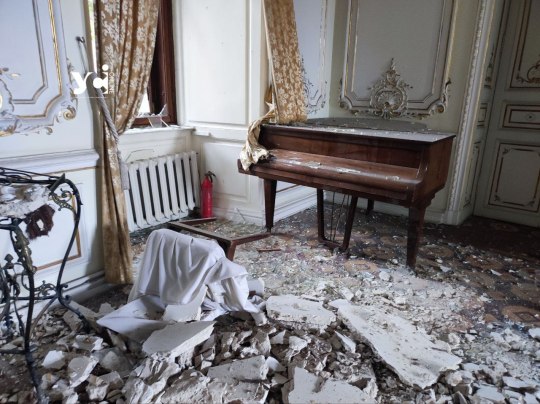
Historical center:
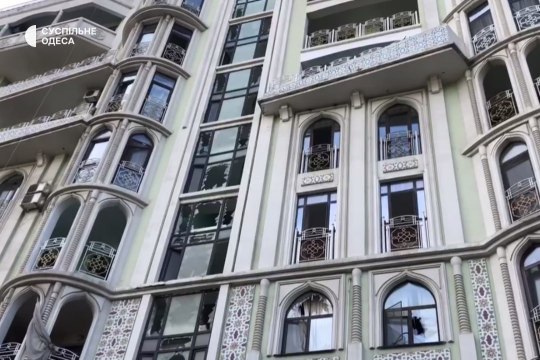

#Ukraine#Odesa#russia is a terrorist state#russian terrorism#ukrainian historical heritage#russian war crimes#Одеса#Спасо-Преображенський кафедральний собор#war in ukraine#support ukraine#stand with ukraine#Україна переможе
256 notes
·
View notes
Text

Antin I. Manastyrsky (Антін І. Манастирський, 1878–1969), Cossack and rusalki
Ukrainian Cossack on a vintage postcard, published in Lviv, c. 1915.
#art#ukrainian art#antin manastyrsky#ukrainian heritage#slavic culture#slavic folklore#ukrainian cossack#cossack heroes#cossack art#rusalka#rusalki#slavic mythology#midsummer#kupala night#noc kupały#vintage postcards
101 notes
·
View notes
Text
@kobzars, thank you! May God bless you!

Now Christians all over the civilized world are waiting for Christmas Eve, the evening before Christmas Day. What should we do on Christmas Eve? The evening before Christmas Eve. Traditionally, this day is dedicated to preparations for the bright feast of Christmas. It is customary to spend Christmas Eve in prayer, grace and humility. Christmas Eve is spent in the family circle - on this day it is not accepted to visit. You should forgive all your enemies in your heart and ask forgiveness from those people whom you may have offended. I would like to wish all my friends and subscribers happiness, prosperity and a peaceful sky above their heads!
Your Kobzar
23 notes
·
View notes
Text
Cultural Heritage of Kharkiv
Boyko House

The House for I. Boyko, architects S. Timoshenko and P. Shirshov was built in 1912





The building was initially two-story. The mansion belonged to entrepreneur Boyko and included three apartments. The hall with a marble staircase was illuminated through a glass roof. In 1914, the vestibule and staircase walls were painted by artist Mykola Samokish. The hall was also adorned with a panel by Sergiy Vasylkivsky. In 1930, the building was transferred to the nkvd department, and the mansion was converted into an apartment building by adding two floors, but the original roof and tower were dismantled. The walls with paintings were half-painted over and then whitewashed, and Vasylkivsky's panel was discarded.




Later, artists cleaned the paintings from the paint.
The entrance was decorated with a floral ornament.
On the northern side, there was also a picturesque panel by Sergei Vasylkivsky, but it was completely lost.
In 1970, the whitewash was removed.
Already in 2006, a professor from the Kharkiv State Academy of Design and Arts, together with students, conducted a comprehensive study of the painting. They examined the ornament under ultraviolet light and a microscope and involved a chemistry expert. They then developed a restoration methodology. Over the course of two months, they restored two fragments. These fragments had seven layers of paint of different compositions from different periods.
#kharkiv#ukraine history#ukraine#old house#ruined cultural heritage#time#cultural heritage#old photography#boyko house#ukrainians#ukrainian modernism#ukrainian art nouveau#broken#100 years#beautiful kharkiv#kharkiv now under attack#stand with ukraine#pray for kharkiv#pray for ukraine
25 notes
·
View notes
Text

Kosiv painted ceramics, UNESCO Intangible Cultural Heritage. So cosy to touch and pleasant to use, not mentioning the aesthetic side.
#ukraine#ukrainian art#ukrart#heritage#unesco#ceramic art#ceramics#my photography#my photos#original content#original photography on tumblr#український tumblr#український тамблер#aesthetic
52 notes
·
View notes
Text
It took almost no time at all after they invaded Ukraine for all Western countries to condemn Russia & ban them from most major associations.. yet those same Western countries are gladly support Israel committing a full of genocide against innocent Palestinians & are even going to the lengths of bombing the countries that ARE condemning Israel.
What a fucking twisted world we live in honestly
#where is the same energy?#i know i am a woman of ukrainian heritage & i agree with everyone condemning russia#however it took so little for russia to be condemned so why the fuck have the big western countries not had the same energy for israel?#i hate it here#i hate that my country's government is bombing yemen to defend israel#free palestine#free yemen#israel#palestine#yemen#russia#ukraine#thoughts
27 notes
·
View notes
Photo
Just imagine Jurko's wedding like that. With Helenka. Or with Jan. How happy he would be...
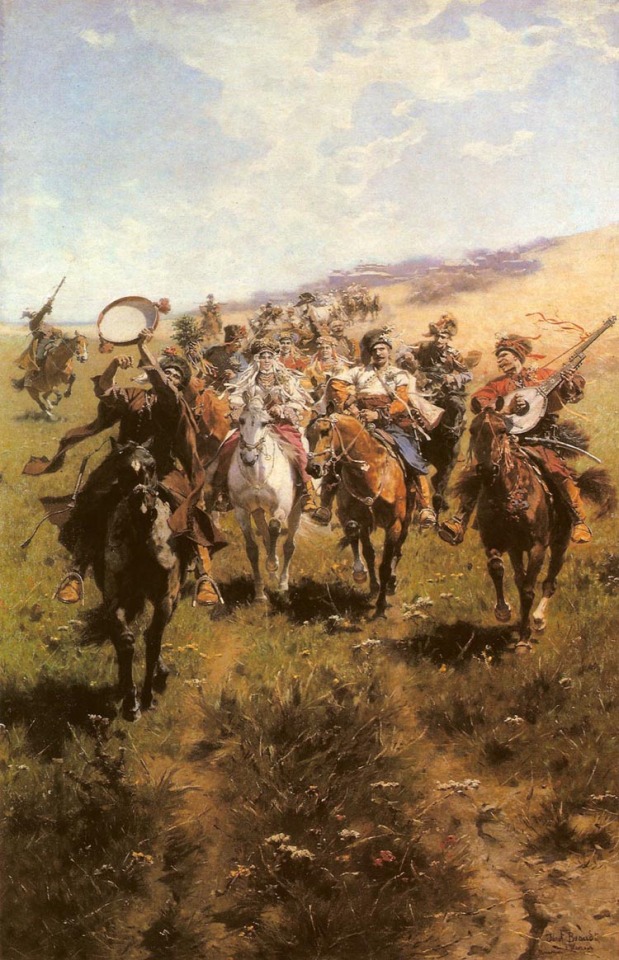
“Wesele kozackie” (”Cossack wedding”)
Józef Brandt
96 notes
·
View notes
Text

The ruins in the photo were the House of Culture in the village of Tomaryne, Kherson region. Yesterday, it was destroyed by a guided aerial bomb. The building was an important center of cultural life for the local residents, making the attack on it an alleged violation of the Hague Convention. Overall, Ukraine’s cultural heritage suffers nearly every day. At least 1,096 sites have been damaged as a result of Russian aggression.
Sources: Gyunduz Mamedov, olexandrprokudin/Telegram
94 notes
·
View notes